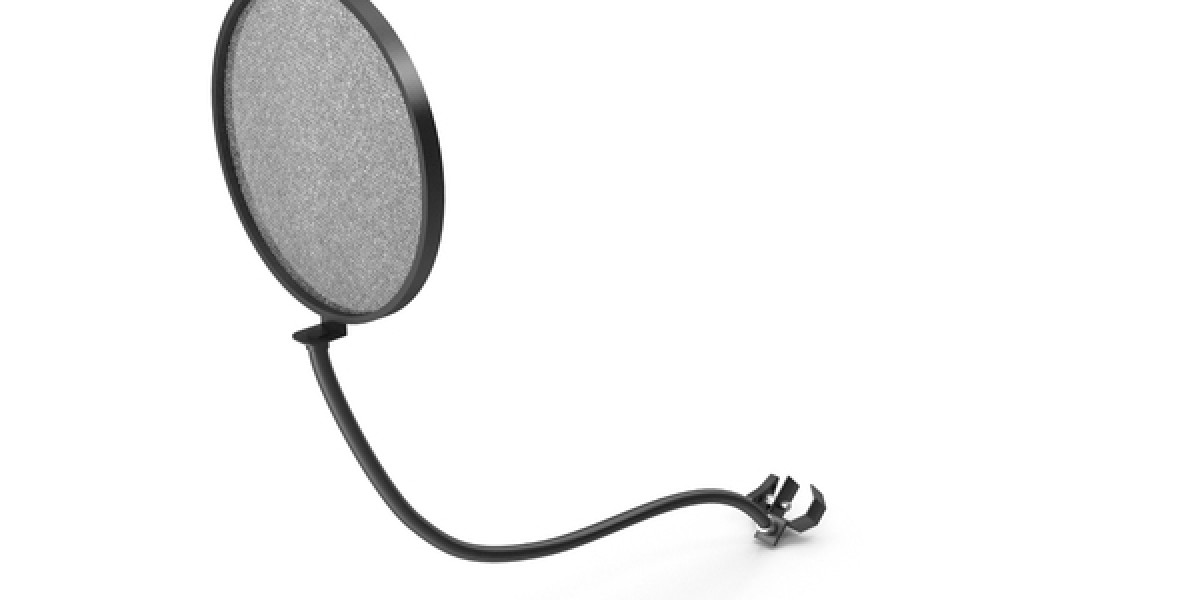Pop Filters: Which Work? Which Suck? The Lowdown
Here is my experience with pop screens and their effect on vocals*:
First, I agree with comments made on mic forums: if you can avoid a physical barrier between vocalist and a sensitive condenser microphone, avoid it. Physics dictate that any barrier to acoustic waves will cause audible side effects. But often there is no choice and perfect sound has to be sacrificed to achieve. reasonale compromiae between perofmance and protection.
So, how much of a detriment is a pop filter to the integrity of sound, in oder to protect the mic's capsule from spit or popping?
Here are the choices, with their trade-offs:
Steadman-type corrugated single metal screen with holes
Advantage: good transparency.
Disadvantage: spit protection is minimal (when encountering capsule contamination, I can often tell where this type was used).
Another problem: the metal plate resonates and rings. Ping it with your knuckle and you will hear it. I found that the distinct resonance frequency caused by the metal vibrating will accentuate certain notes.
Hakan and similar open-cell foam screens
Advantage: acceptable level of pop protection with minimal, but still audible high end and transient loss.
Disadvantage: comb-filtering with audible peaks. My speculation: as the holes in the foam are largely identical in diameter, resonances from standing waves are multiplied and amplified.
Pauli and similar dense, double-layer nylon mesh screens
Advantage: near optimal pop protection.
Disadvanage: audible muffling of highs and loss of transients, plus due to standing waves, resonances in two areas:
*the mesh layers are parallel, and
*the mounting ring, though perforated, has an endless number of parallel surfaces formed by the flat, hard frame. Its resonance frequency is determined by its diameter
Cheap double-layer nylon screens, home-made or bought
Advantage: good transparency when the stocking material is not too dense; depending on construction, worse, same or better pop protection compared to all the others, but at low cost; often reduced resonances compared to professional pop screens, due to a slight un-roundness of the wooden hoop.
Disadvantage: some comb filtering, depending on mesh weave and ring diameter, and audible loss of high frequencies
I have not included here any circular or semi-circular pop shields that mount on or next to the mic, like the famous in-house-made Abbey Road U48 contraptions, or Brauner’s handmade custom-made fabric cylinders. There are too many to list. But the same principles of physics apply as with any pop screen: a compromise ranging from good transparency to good pop-protection, but never combined in one device.
For my work I keep coming back to a wooden, rather thin, 6” embroidery hoop/crochet ring I bought for 99¢, covered it with two layers of black pantyhose material (yes, black, for sensual reasons!), and mounted on an old plastic mic mount screwed to a gooseneck with standard 5/8-27 mic mount thread. It’s acoustically quite transparent, and offers reasonable pop-protection at a ridiculously low price. You can buy a similar, Chinese-made version with integrted gooseneck + mic mount thread from the major music supply houses for $20-$30.
*I find it most helpful to test any screen directly with (someone else's) mouth-to-(my) ear, rather than through listening via lossy recording and playback: put your ear where a mic would be, and have someone speak or sing into the screen. The ear is astonishingly revealing and reliable as test instrument.
